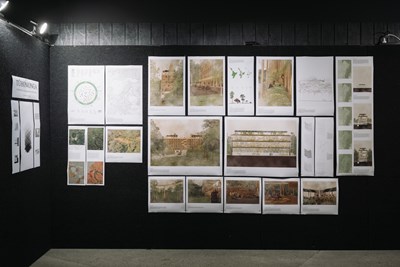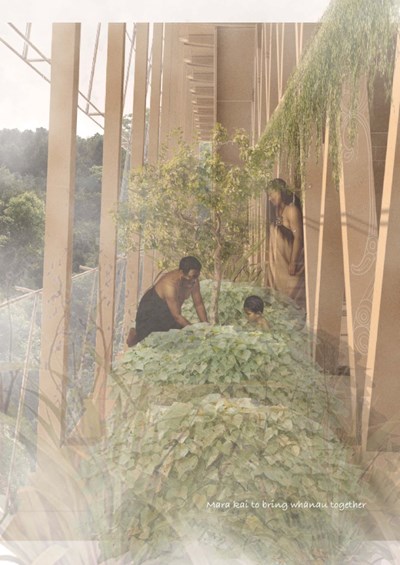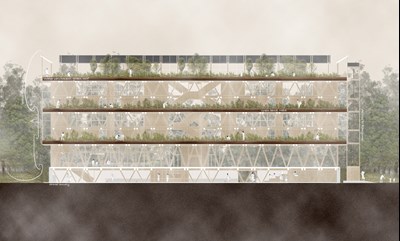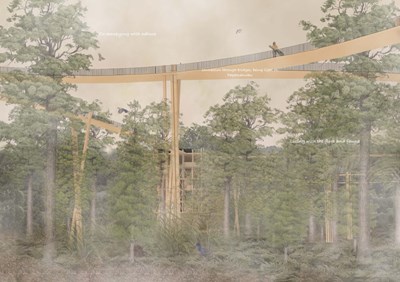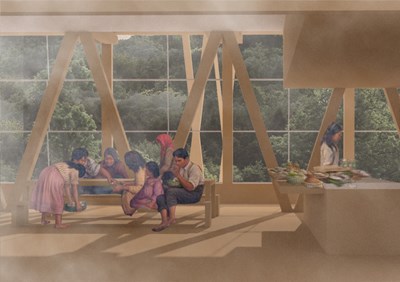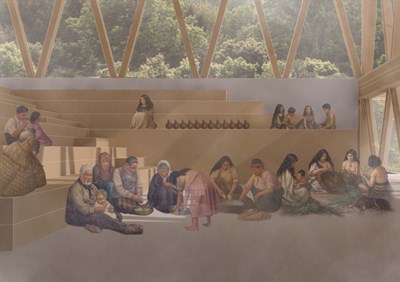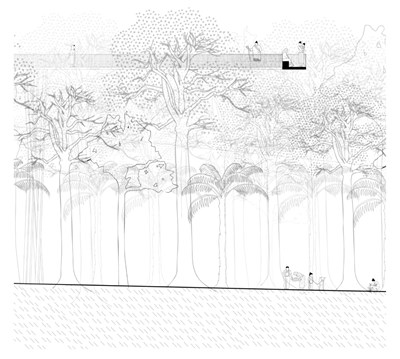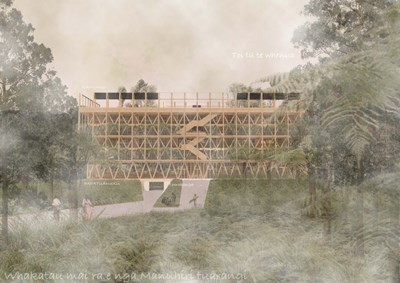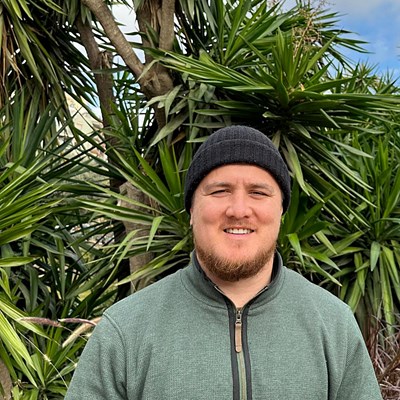Matangireia Yates-Francis from Te Wānanga Aronui o Tāmaki Makau Rau, Huri Te Ao Hoahoanga, Auckland University of Technology, School of Future Environments is the winner of the 2022 Student Design Awards for his project 'TŪHONONGA: Co-occupying with Earth and Sky'.
Project description
Tūhononga outlines the complex issues facing architecture in Aotearoa. Referring to our living and built environments within the Anthropocene, Tūhononga questions how we build communities and proposes successful co-occupancy with taiao (the natural world) as the answer. It presents a method for how one might consider spatially interacting with the physical and spiritual, and re-imagines how we can co-exist on earth between Ranginui (Sky Father) and Papatūānuku (Earth Mother).
Te Ao Māori presents an abundance of customs that set a precedent for co-occupancy. Tūhononga brings forth the potential for community living through a contemporary spatial composition that’s grounded in the pursuit of co-occupancy with nature, traditional Māori narratives, and a thriving culture. Designing a long-term vertical pā (settlement) themed with such notions is the objective of this research. In doing so, this project excavates and translates traditional narratives regarding co-occupancy, showing that existing in the physical and spiritual realms is natural within Māori culture.
Through architecture grounded in Tikanga Māori at a physical, spatial and spiritual level, Tūhononga presents a new way of co-occupancy with taiao (the natural world) in Te Arawa and Aotearoa.
Jury citation
If te ao Māori presents solutions to a sustainable future, this vertical pa could be the design blueprint that guides us in building homes that support successful co-occupancy with taiao (the natural world).
Through architecture grounded in tikanga Māori at the physical, spatial and spiritual levels, this proposition re-imagines people living in harmony with Ranginui (Sky Father) and Papatūānuku (Earth Mother). The vertical arrangement creates connection to both and recognises this space as essential for architecture to occupy. It also re-establishes star observation and celebrates Matariki.
Beautiful and elegant, this presentation considers architecture for all through co-occupancy. Architectural resolution – concept, structure and detailing are all well considered. There is an infusion and embedding of knowledge, living and being.
In successfully translating traditional narratives, they are brought to light in the Anthropocene age, dropping the veil dividing the physical and spiritual realms. In doing so, the project challenges current architectural thinking and presents boundless opportunity for potential.




